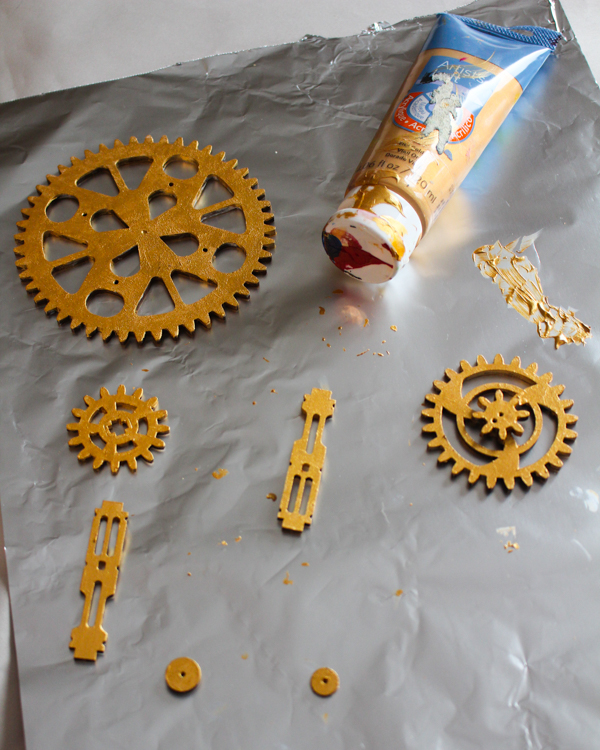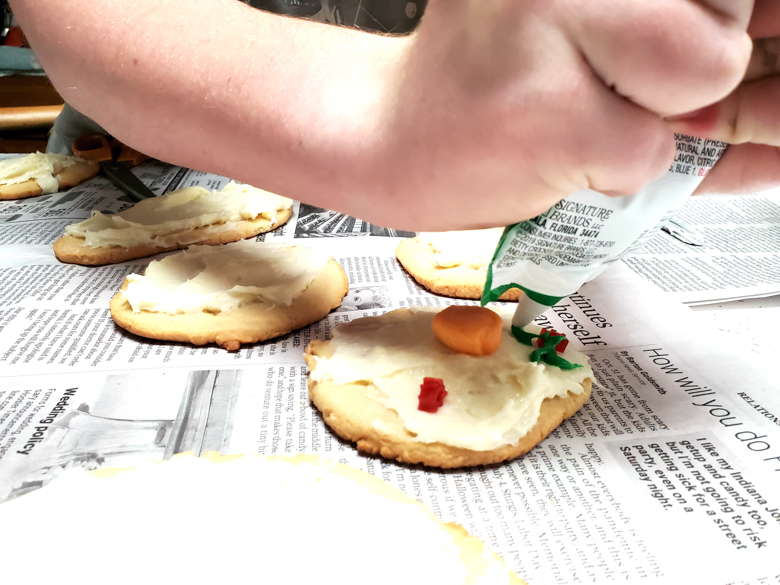This particularly applies to Christmas crafts, since they're often done and displayed within the day, and I don't tend to keep them for the next year (gasp, I know!). So, in honor of Christmas Recipe Day and Christmas Craft Day and Christmas Ornament Day on our Advent calendar, and my deep desire to save some time and avoid reinventing the wheel, here's my definitive round-up of all of my Christmas crafts that I can unearth:
cinnamon dough ornaments
This might be my favorite Christmas craft. We make them every year.
Icelandic laufabraud
The kids made this for their Geography Fair project in May, but it's actually a Christmas recipe!
dipped pinecone ornaments
These are crazy pretty, and they last for freaking ever. I'm partial to the crayon-dipped ones.
popsicle stick ornaments
The more glitter, the better!
waffle cone Christmas trees
These are quicker and easier to make than gingerbread houses.
sticker Christmas cards
These were dead easy for me to organize and for the kids to make, and I think that they turned out really cute.
chalkboard gift wrap
This is especially fun, because you can do it right on brown paper (I do a lot of wrapping in brown paper bags).
upcycled CD wish list ornament
Some parents don't like it when I bring this project to our ornament crafting party, but I think it's cool to remember what the kids wanted most each year.
painted popcorn garland
The look cute even when they're plain, but if you've got some teeny spritz bottles, you can make them really special.
beeswax ornaments
I think that these would look even cuter poured more thinly, so I'm going to have the kids try that this year.
gingerbread houses, steps one and two
I don't go through all this trouble every single year, but when I do, this makes the most EPIC gingerbread houses of all time. I'm going to do it this year.
Starting with a coloring book of ornaments made this a super-easy toddler/preschooler craft.
overhead projector Christmas tree
It's been a while since we've whipped out the overhead projector--we pretty much only use it now for tracing images that we want to be large--but there was a time that this puppy could save any dreary day for me!
collage window card
This required parental wielding of the x-acto knife when the kids were littler, but their random selection of collage papers, and their distribution, looked quite artistic.
coloring page Christmas ornaments
If you've got a scanner, so that you can shrink down regular coloring pages either before or after the kids have colored them, then you can use pretty much any image here.
painted wooden Christmas ornament
This is another easy one for littles. You start with those wooden die cuts that you can get most places, and they don't even have to be holiday-themed--we've got some pretty sweet dinosaur ornaments on the tree, thanks to this craft!
used sandwich bag ornaments
The first time that we did this, the kids weren't old enough to iron. They like this project even more now that they can!
record album cover ornaments
These are so fun for the kids, now that they have the hand strength to cut through cardboard.
felted sweater stockings
I made these, but the kids definitely have the sewing skills to do this now.



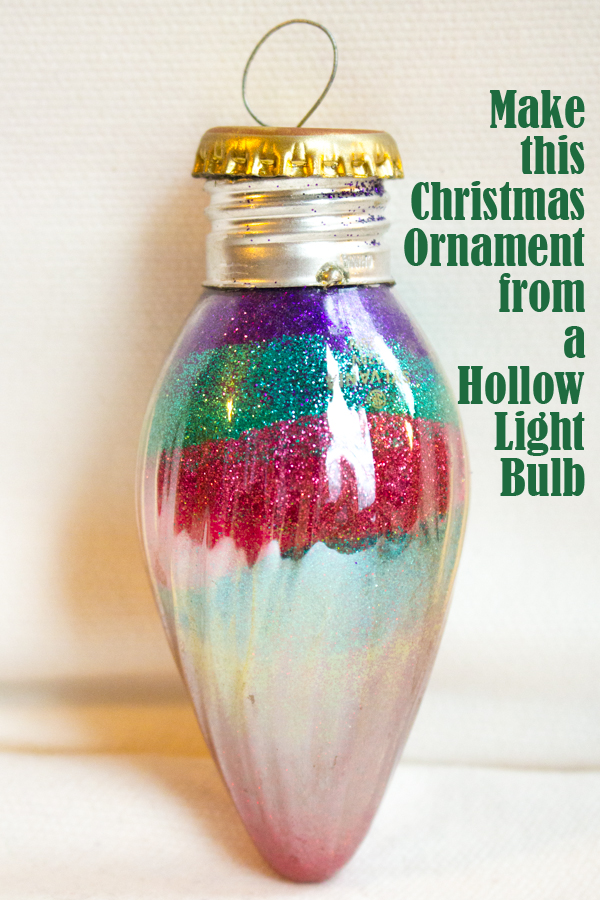

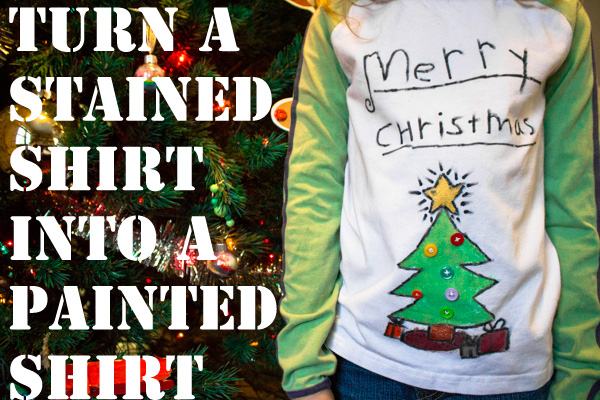






.jpg)
.jpg)

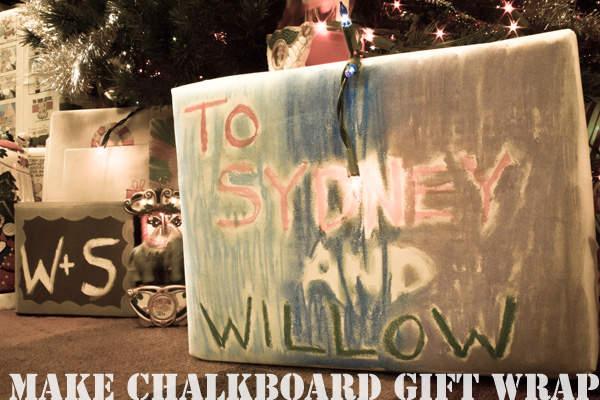
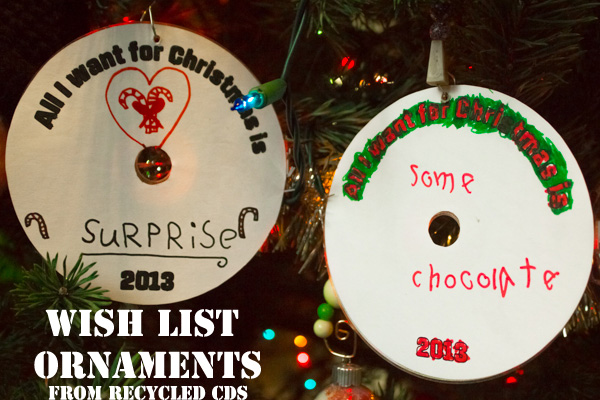


.jpg)
.jpg)
.jpg)

.jpg)
.jpg)





















